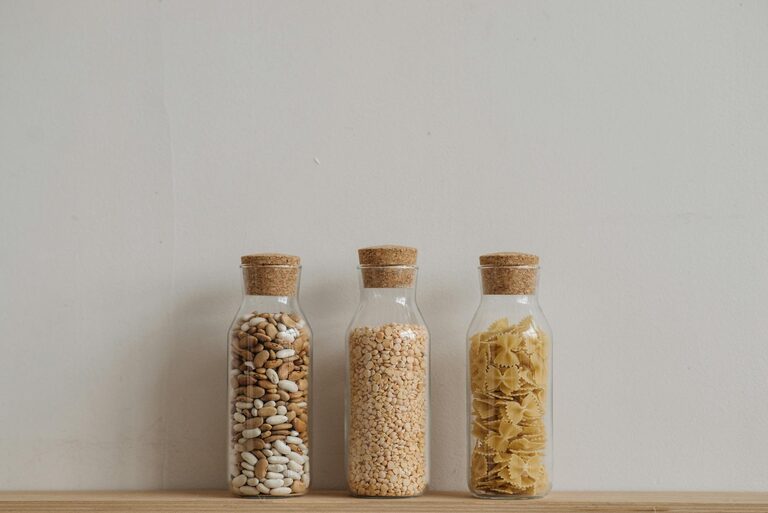Keeping your fridge and pantry tidy can feel like a never-ending task, but the benefits are well worth the effort. A well-organized kitchen not only makes cooking more enjoyable but also helps reduce food waste and saves money. In this post, we’ll explore simple, effective ways to keep your fridge and pantry neat, functional, and easy to maintain.
Why Keeping Your Fridge and Pantry Tidy Matters
A cluttered fridge or pantry can lead to forgotten items, expired foods, and unnecessary stress. On the other hand, a tidy space:
– Makes it easy to find ingredients quickly
– Encourages healthier eating by highlighting fresh and nutritious foods
– Prevents food spoilage and waste
– Maximizes storage space and efficiency
Let’s dive into strategies that keep these essential food storage areas organized.
Step 1: Clear and Clean
Empty Your Fridge and Pantry
Start fresh by removing everything. Take everything out of your fridge and pantry so you can see exactly what you have.
Check Expiration Dates
Sort items into categories: use immediately, keep, donate, or toss. Throw out expired or spoiled products, and consider donating unopened, still-good items that you don’t intend to use.
Deep Clean Your Spaces
Wipe down shelves, drawers, and walls using a mild cleaning solution. For the fridge, warm soapy water or a vinegar-water mix works well to clean and deodorize without harsh chemicals.
Step 2: Organize with Purpose
Fridge Organization Tips
– Group Similar Items: Keep dairy products together, place vegetables in the crisper drawers, and store meats on the bottom shelf to avoid cross-contamination.
– Use Clear Storage Bins: Bins help compartmentalize loose items like yogurt cups or snack-sized packages, making them easier to find.
– Label and Date Items: Use labels to note when leftovers were made or when open packages should be used by.
– Keep Frequently Used Items Accessible: Place everyday ingredients like milk, eggs, and condiments in easily reachable spots.
Pantry Organization Tips
– Sort by Category: Arrange items such as canned goods, grains, baking supplies, and snacks in separate sections.
– Use Airtight Containers: Transfer dry goods like flour, sugar, pasta, and rice into clear, airtight containers to prolong freshness and create uniformity.
– Consider Shelf Risers and Lazy Susans: These tools help make use of vertical space and allow you to easily reach items at the back.
– Rotate Stock: When adding new groceries, place newer items behind older ones so you use up the older items first.
Step 3: Maintain Your System
Weekly Quick Checks
Spend a few minutes each week to:
– Remove any spoiled or unwanted items
– Wipe away spills
– Reorganize bins or sections if needed
Monthly Restocks and Reviews
Review your staples and replenish what’s running low. Use this opportunity to adjust your system based on what’s working or not.
Involve Your Household
Encourage everyone in your home to put things back where they belong and to take part in the tidying process.
Bonus Tips for Tidy Storage
– Keep a Small Whiteboard or Notepad Nearby: Write down items that need replenishing or meal ideas based on what you have.
– Use Vacuum Seal Bags: For items like cheeses or deli meats that need extended freshness, vacuum sealing can help.
– Avoid Overbuying: Stick to a shopping list and consider meal planning to prevent unnecessary purchases and clutter.
Conclusion
Keeping your fridge and pantry tidy doesn’t require expensive tools or excessive time. With an organized system, regular maintenance, and thoughtful storage choices, you can enjoy a cleaner kitchen that supports healthier eating and reduces waste. Start today by clearing out your spaces and creating a plan tailored to your lifestyle—your future self will thank you!

